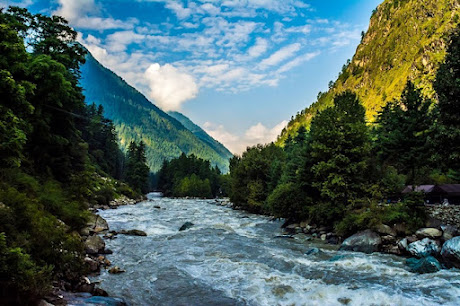India
South Asia's India is formally known as the Republic of India (ISO: Bhārat Gaṇarājya)[22]. As of June 2023, it is the most populated country in the world by area, the most populous democracy in the world since its independence in 1947, and the seventh-largest country overall.[25][26][27] Its land boundaries are shared by Pakistan to the west, China, Nepal, and Bhutan to the north, Bangladesh and Myanmar[k] to the east, and the Indian Ocean, Arabian Sea, and Bay of Bengal to the southeast. India's Andaman and Nicobar Islands share a maritime boundary with Thailand, Myanmar, and Indonesia. It is located in the Indian Ocean near Sri Lanka and the Maldives.
No later than 55,000 years ago, modern people left Africa to settle on the Indian subcontinent.Due to their extended stay, which began with them living in various degrees of seclusion as hunter-gatherers, the area has become very diverse—second only to Africa in terms of human genetic variety.[31] Nine thousand years ago, settled life began to appear on the subcontinent at the western borders of the Indus river basin. It progressively developed into the third millennium BCE Indus Valley Civilization.[32] An ancient variant of the Indo-European language Sanskrit had spread into India by 1200 BCE from the northwest.[33][34] The songs of the Rigveda provide proof of it even now. The Rigveda, which was preserved by a very watchful oral tradition, chronicles the beginnings of Hinduism in India.
On the western and southern shores of India, Christianity, Islam, Judaism, and Zoroastrianism were formed throughout the early Middle Ages.The northern plains of India were periodically overrun by Muslim armies from Central Asia, which finally resulted in the establishment of the Delhi Sultanate and the integration of northern India into the global networks of mediaeval Islam.[46] The Vijayanagara Empire established a durable composite Hindu culture in south India throughout the 15th century.[47] Sikhism, which rejected institutionalised religion, arose in the Punjab.[48] The Mughal Empire left a legacy of brilliant architecture and brought around two centuries of mostly peaceful rule in 1526.



Comments
Post a Comment